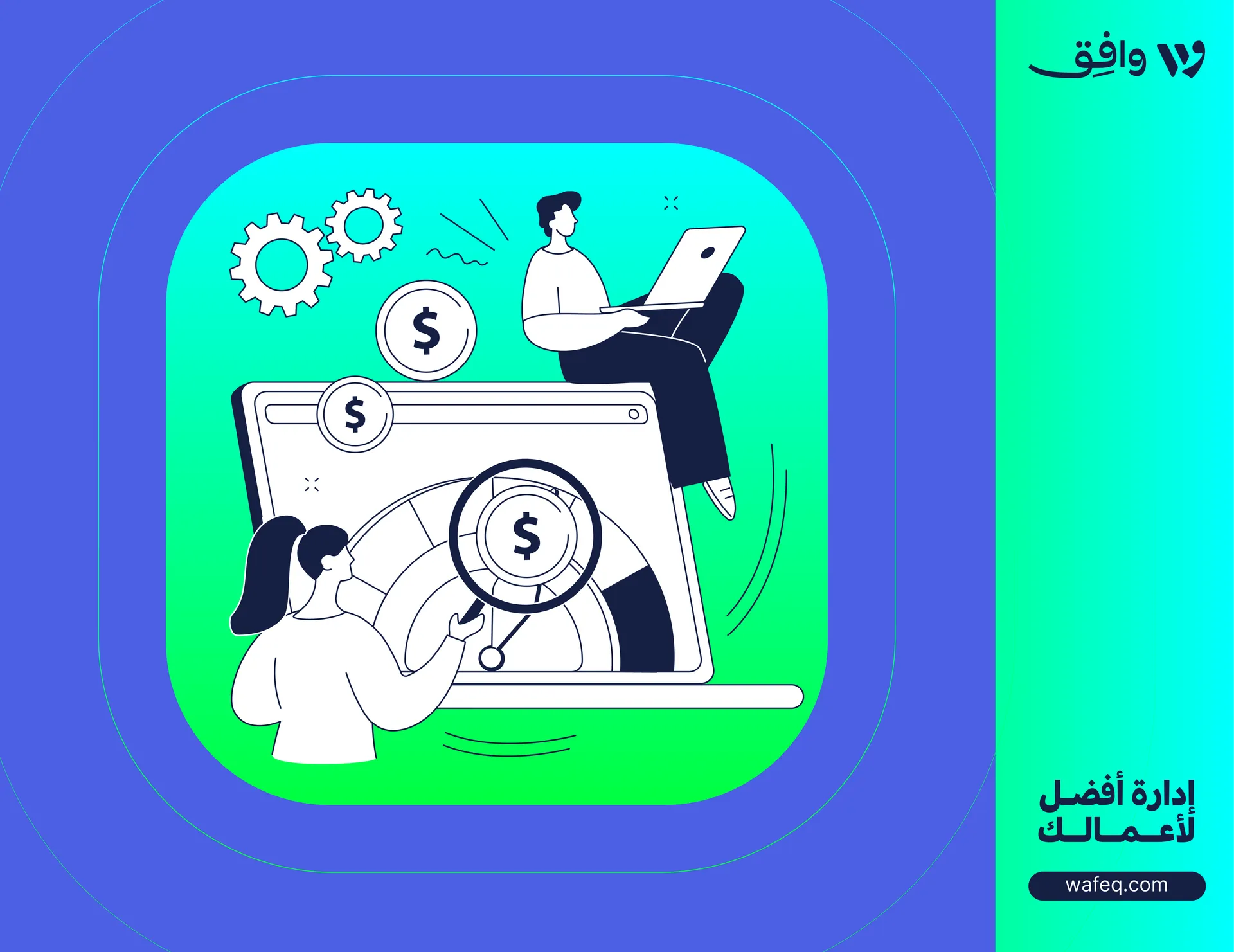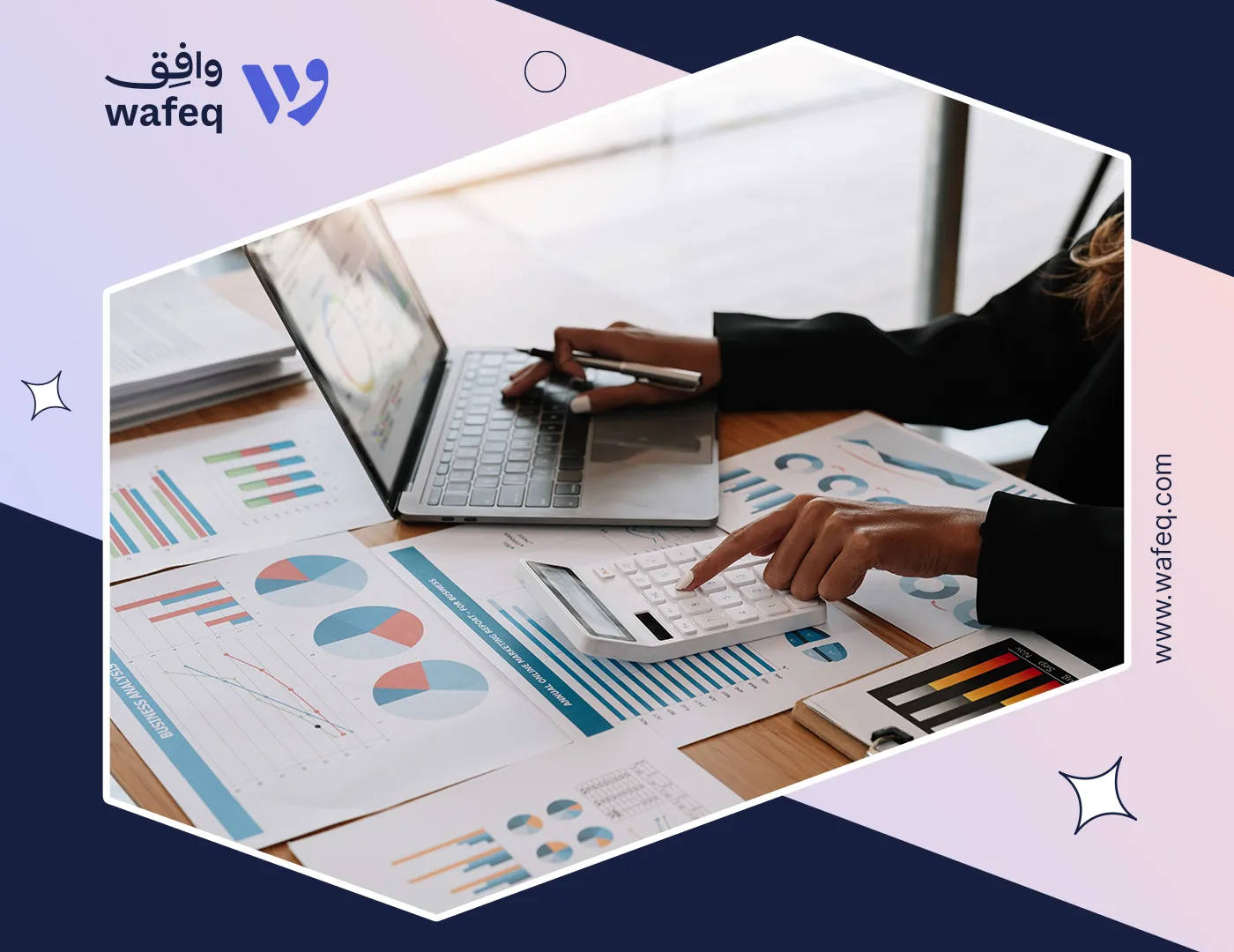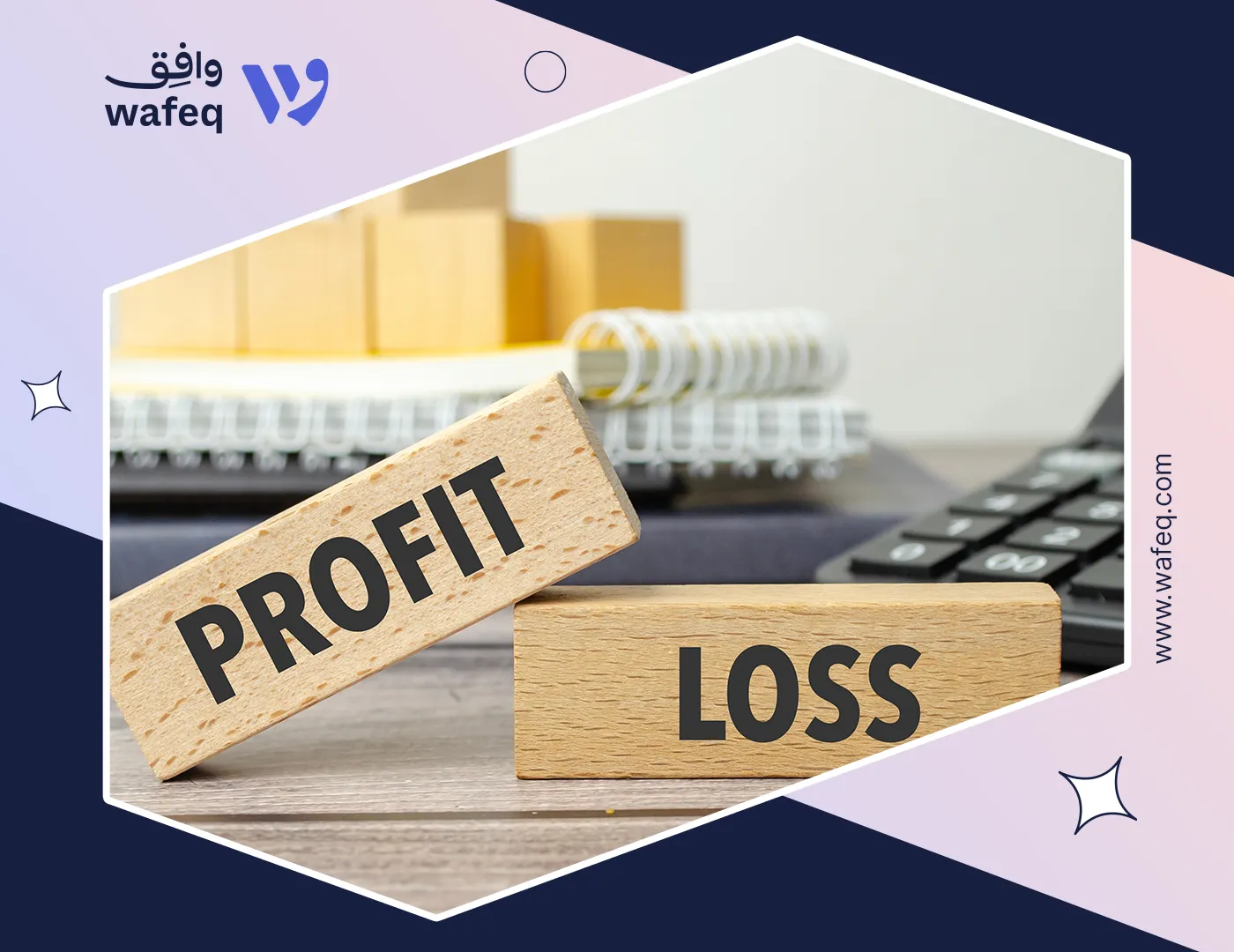The Balance Sheet And Income Statement For Beginners
.png?alt=media)
You might have unpleasant flashbacks of T accounts, journal transactions, and debit-credit theory if you took accounting courses in high school or college or browsed through other accounting books. We could encounter some of that along the way, but let's begin at a more logical location—at the conclusion!
The Balance Sheet And The Income Statement Explained
The two crucial financial statements you will rely on as a small business owner are your balance sheet and income statement. At the risk of repeating ourselves, you keep accounts to understand your firm better(also known as your profit and loss report). So let's get to it and see how things truly function using just one piece of paper.
Imagine if Wafeq and other simple, effective accounting systems did not exist. We'll offer you one piece of paper to manage your firm instead. But we'll add a couple of headings to help you get started.
Please continue reading to learn how these six straightforward headers give us room to track everything we need for our business.
Balance Sheet: The Initial Outlay
Imagine that we are launching a web design company. We have SAR 2,500 in personal startup money to get things started. It's wise to have a separate business bank account from your personal one for everything related to your business, regardless of the type of business you run. So let's immediately put our SAR 2,500 startup money into our new business bank account.
What would we include in our one-sheet accounting system to reflect this?
Now that the company has SAR 2,500 in the bank, we may enter that information under my company's Assets. Bank: SAR 2,500 Additionally, we have no debts to anyone else, which indicates there must also be SAR 2,500 left over for me. And we are aware that our initial investment was SAR 2,500. SAR 2,500 is the owner's investment. Here it is in our notepad, written out:
Now that the company has SAR 2,500 in the bank, we may enter that information under my company's Assets. Bank: SAR 2,500 Additionally, we have no debts to anyone else, which indicates there must also be SAR 2,500 left over for me. And we are aware that our initial investment was SAR 2,500. SAR 2,500 is the owner's investment. Here it is in our notepad, written out:
Expenses: Rent
The next step is to find a place to work and meet with clients. We chose to locate our business in a co-working space with an SAR 400 monthly cost because we are frugal. Look at the page's right side.
Since Rent is a cost, we will list it under "What my business spends": Rent: SAR 400. Since we have yet to generate revenue, our company is currently in the red.
Under "What's left for me," at the bottom to the right, we'll note that: Earnings (Losses): SAR 400 Note: One approach to display a negative number is within parentheses, like in this example. We paid the Rent on the left side using the funds in our business bank account. Therefore, we'll need to proceed and take SAR 400 out of that to reduce the amount to SAR 2,100.
As long as we keep in mind that our profit (or loss) on the right-hand side also belongs to us, "What's left for me" should likewise equal SAR 2,100 since we are still in the clear. So let's sum up and note: How much I made: SAR 400. Our page currently looks as follows: Infographic
Initial Purchase
We've put some money into the company, established an office, and have just made our first sale! Our first client has signed on the dotted line and delivered a SAR 1,750 cheque. Although it's enticing to hang your very first check as a keepsake, let's be responsible and deposit it in the bank instead! We'll deposit it in the bank, raising our current balance to SAR 3,850.
Additionally, we can now add some income to the "What my business makes" area. Sales: SAR 1,750. This will also impact our profit or loss, as we witnessed when paying the Rent in Step 2, which will affect "What's left for me" on the left.
As you can see, everything about our accounts continues to make sense:
As you can see, everything about our accounts continues to make sense:
My Owner's Investment + what my business has made - what it has spent = what is left for me after subtracting what my business owes.
Credit Purchase
Five of the six headings have been used in our work. So let's do one more deal that takes advantage of the sixth. Let's imagine we hired a designer to create a logo for our new company. This work is performed locally, and we are invoiced SAR 250, payable within 30 days. This is also a cost, so we'll list it under "What my business spends" on the right side of our notebook: SAR 250 for design services.
Every time we make or spend money, our profit changes, and that change is reflected at the bottom of the "What's left for me" section on the left. Additionally, we must mention that we paid for the logo design, but we still need to! We have 30 days to pay our designer, unlike when we paid the bank for Rent. This means that we currently owe SAR 250 for our company. We can enter: Because this is a vendor "account" that we will pay later, SAR 250 in accounts payable.
The left side is added once again. What's left for us is the difference between
What the company has (SAR 3,850 in the bank) What it owes (SAR 250 in "Accounts Payable"): Our initial SAR 2,500 investment and SAR 1,100 profit total SAR 3,600.
What the company has (SAR 3,850 in the bank) What it owes (SAR 250 in "Accounts Payable"): Our initial SAR 2,500 investment and SAR 1,100 profit total SAR 3,600.
Read also: How to prepare a balance sheet.
Enter the Income Statement
We've kept track of transactions under six sections on a single sheet of paper up until now. The two sides have been referred to as "What I have" and "What I earn," yet as you might have guessed, these two sides are used to create the balance sheet and the income statement.
Here's where we came to on the previous page, but with the words "accountant" instead of "company owner."
Our "Balance Sheet" is shown on the left as follows:
- Assets (what our business has)(what our company has)
- Liabilities (what it owes to other people) (what it owes to other people)
- Owner's equity, or what is still owed to us.
Our "Income Statement" to the right displays:
- Revenue (what our business makes)
- Expenses (what it spends) (what it spends) What's left for us.
- Profit or loss
Although a Balance Sheet and Income Statement may be produced using more detail by modern accounting software like Wafeq, this is essentially all that is available. If you've read thus far, you should now know how to read your financial accounts confidently.
As you can see, we've also altered "What I've Earned" to "Retained Earnings" under Owner's Equity because that's what accountants term it.




.png?alt=media)









